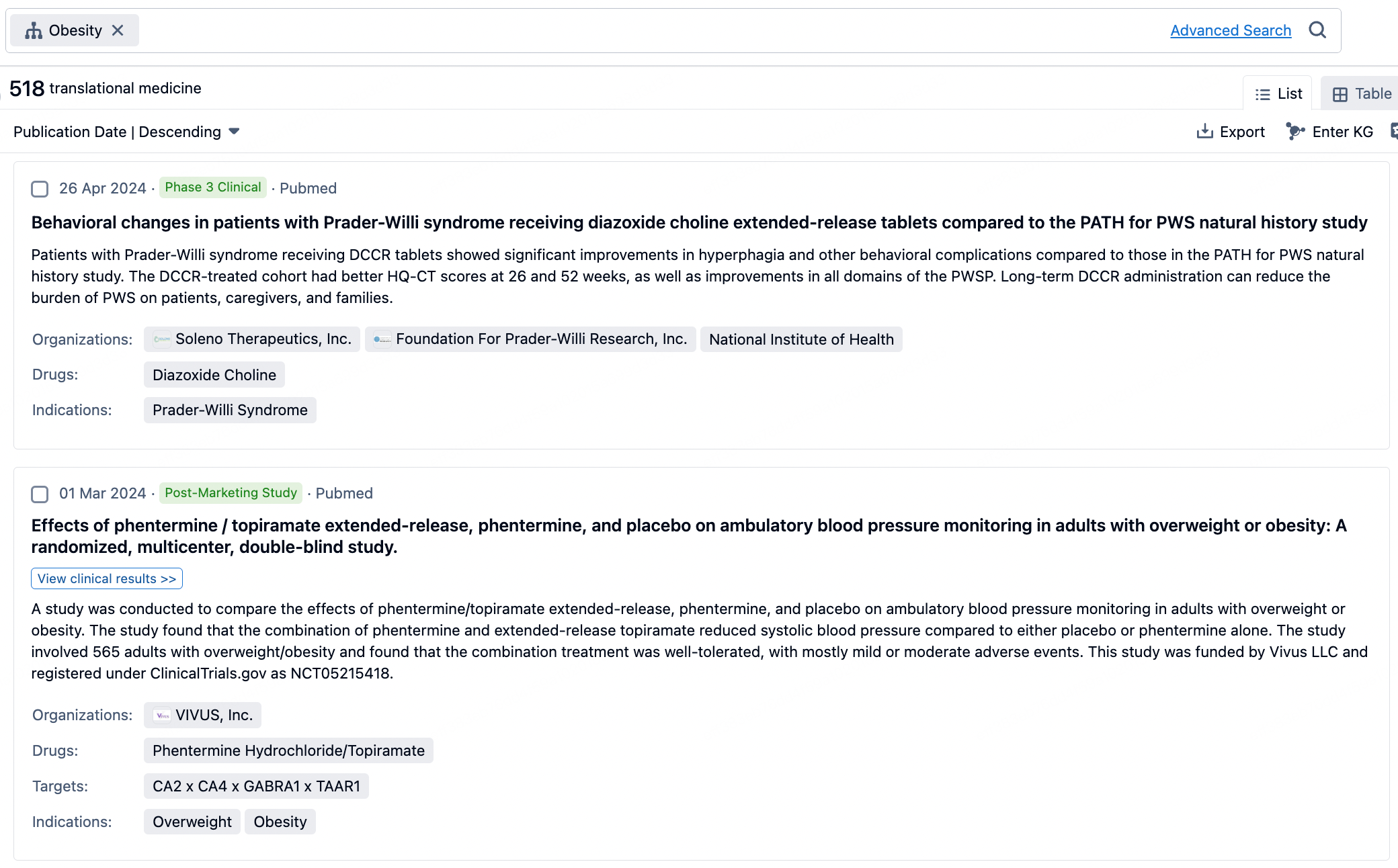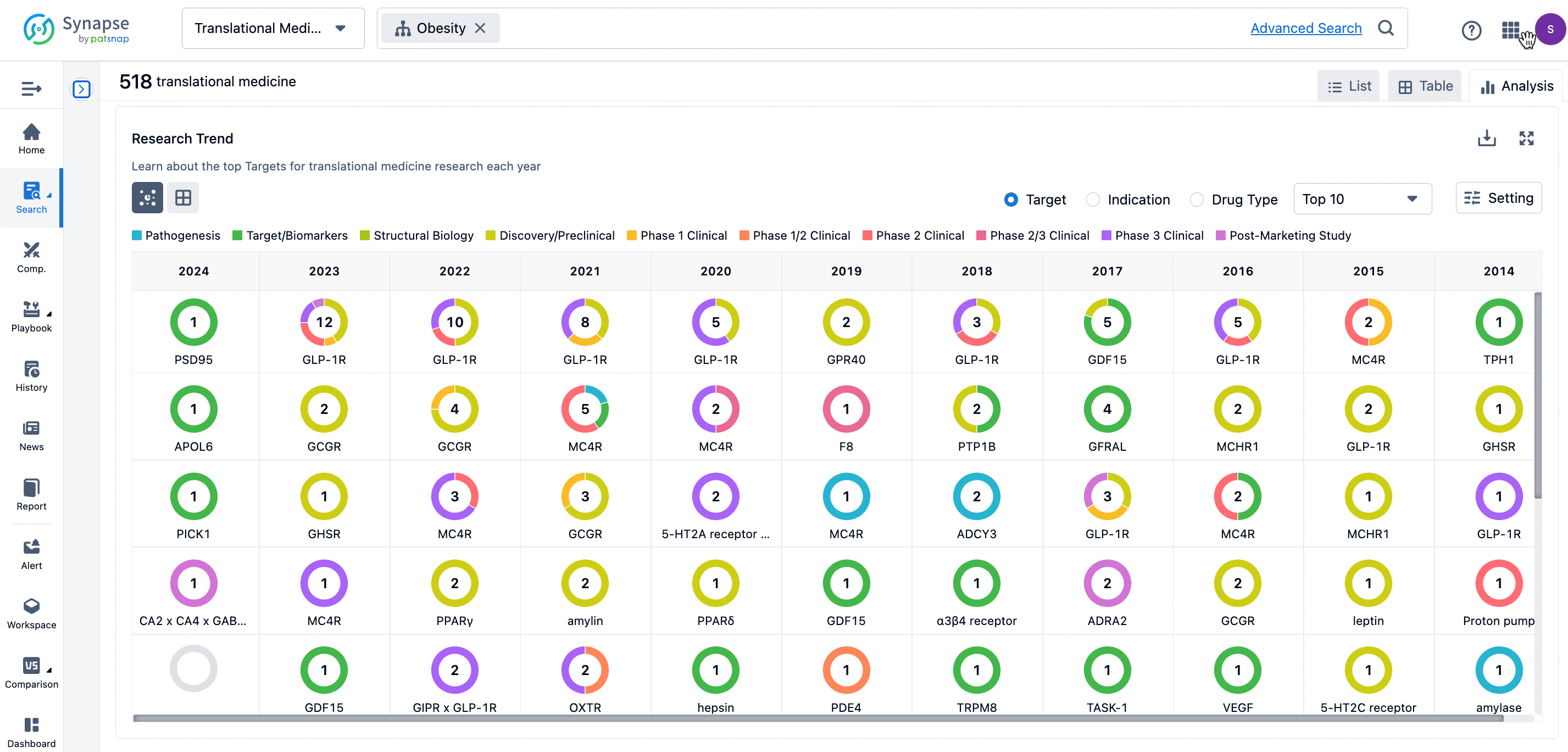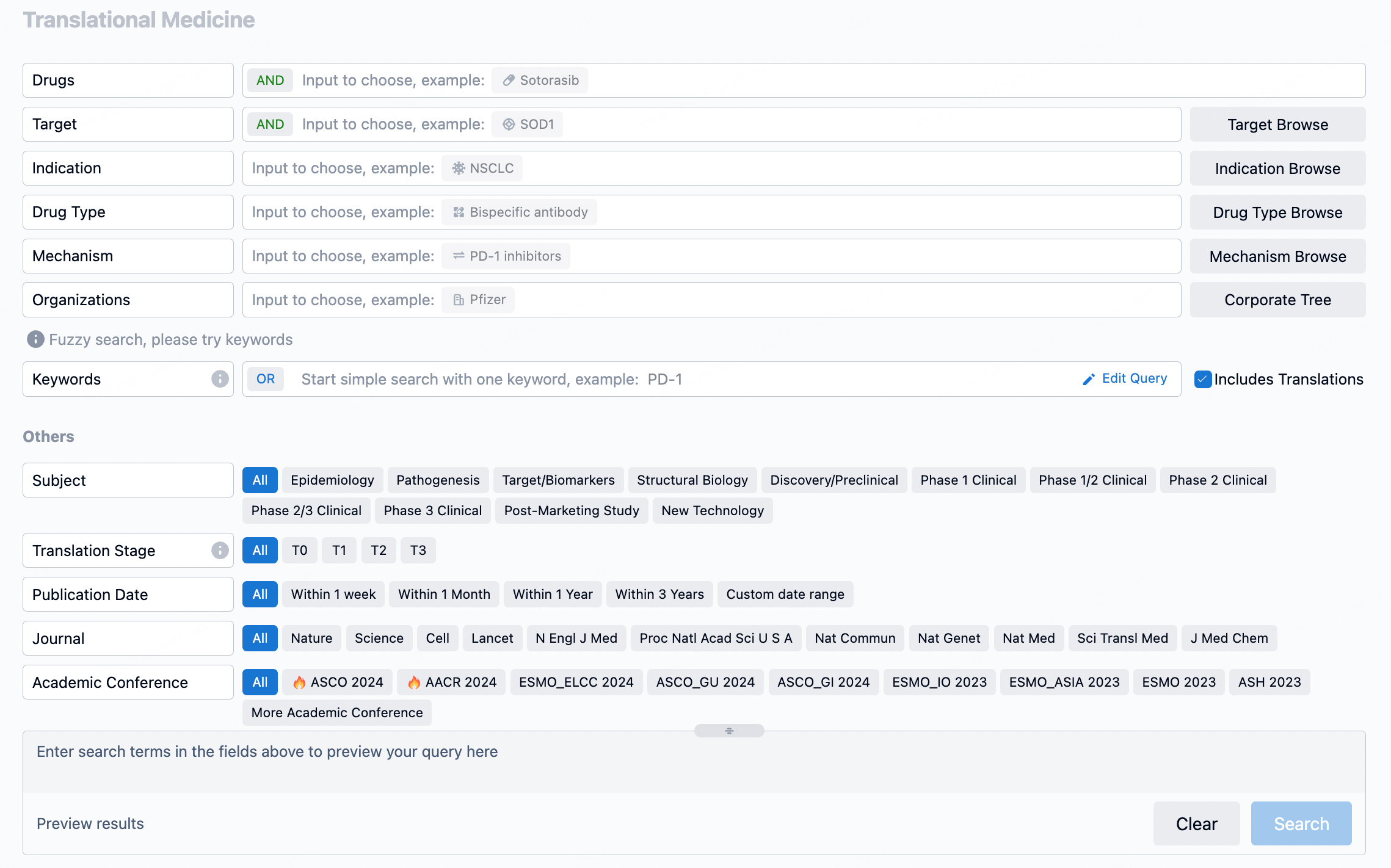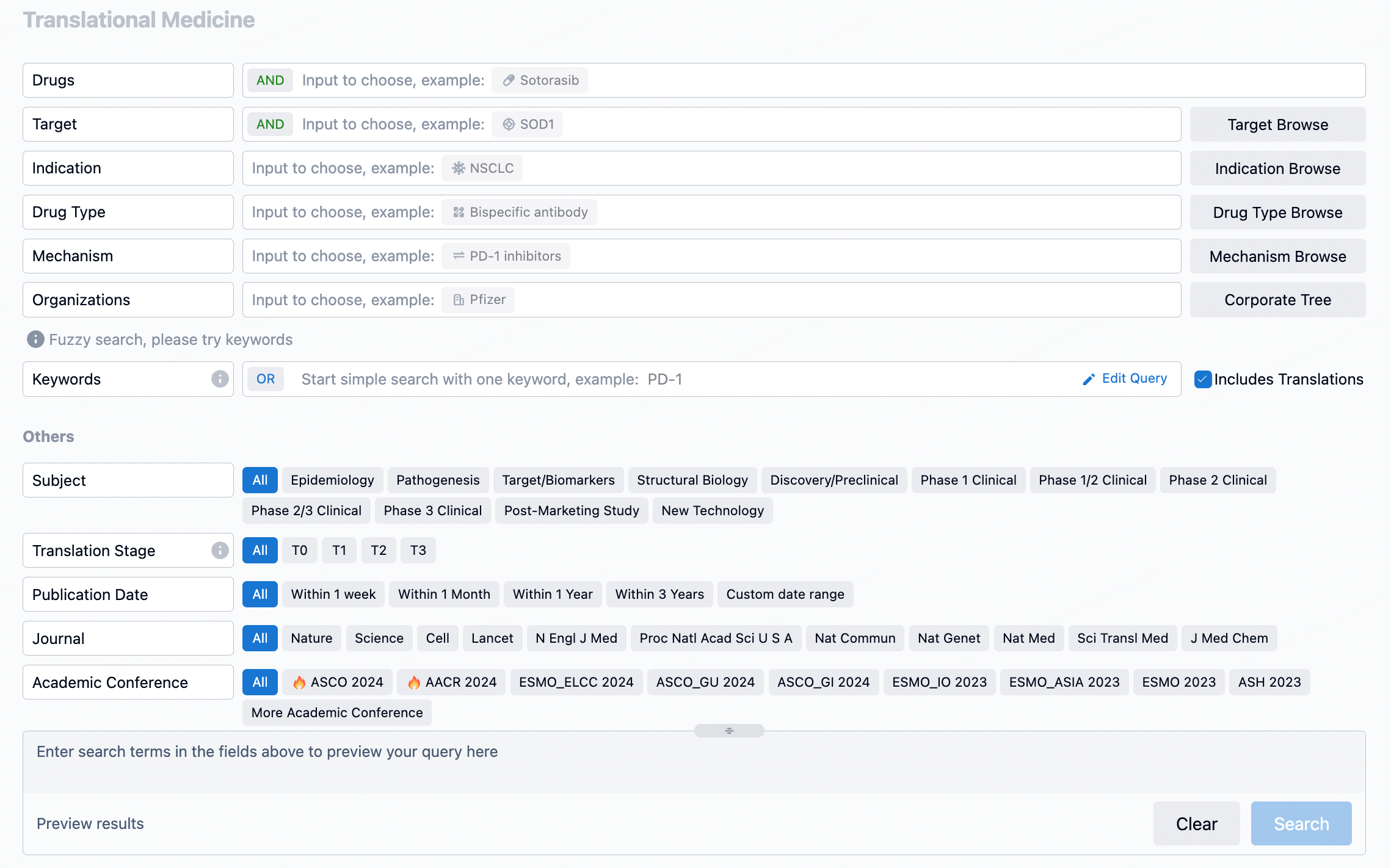Comparative Functional Profiling of S 16924: A Novel Antipsychotic with 5-HT1A Agonist Properties Against Clozapine and Haloperidol
S 16924 was notably more effective in inhibiting head-twitches caused by DOI and movement induced by phencyclidine compared to its effect on amphetamine-induced movement. Clozapine showed a similar trend, while haloperidol did not. The compound also effectively blocked the discriminative stimulus properties of DOI, as did clozapine, but haloperidol was ineffective.
In terms of generalizing to the discriminative stimulus of clozapine, S 16924 fully mimicked it at a lower dose than clozapine itself, while haloperidol only partially did so. Analysis of EEG power spectra indicated that S 16924 and clozapine both enhanced frequencies in the 7 to 8 Hz range, whereas haloperidol favored the 10 to 14 Hz range.
In cognitive-attentional function tests, S 16924 and clozapine induced significant latent inhibition, an effect not observed with haloperidol. Furthermore, all three substances were able to block the disruption of latent inhibition caused by amphetamine, but at higher doses.
Catalepsy, a side effect often associated with traditional antipsychotics, was not induced by S 16924 or clozapine, unlike haloperidol. Additionally, S 16924 and clozapine were found to inhibit the induction of catalepsy by haloperidol, with S 16924's action being reversed by the 5-HT1A receptor antagonist WAY 100,635.
In terms of side effects, gnawing behavior induced by methylphenidate was inhibited by all three substances, but only S 16924's effect was blocked by WAY 100,635. Haloperidol significantly increased prolactin levels, while S 16924 and clozapine had a less pronounced effect.
Clozapine showed high affinity for muscarinic and histamine receptors, a characteristic not shared by S 16924 or haloperidol, which had low affinity for these receptors. Overall, S 16924 exhibited a profile similar to clozapine in diverse models, indicating potential antipsychotic properties with a lower risk of inducing extrapyramidal side effects, particularly catalepsy.
How to Use Synapse Database to Search and Analyze Translational Medicine Data?
The transational medicine section of the Synapse database supports searches based on fields such as drug, target, and indication, covering the T0-T3 stages of translation. Additionally, it offers a historical conference search function as well as filtering options, view modes, translation services, and highlights summaries, providing you with a unique search experience.
Taking obesity as an example, select "obesity" under the indication category and click search to enter the Translational Medicine results list page. By clicking on the title, you can directly navigate to the original page.

By clicking the analysis button, you can observe that GLP-1R treatment for obesity has gained significant attention over the past three years, with preclinical research still ongoing in 2023. Additionally, there are emerging potential targets, such as GDF15, among others.

Click on the image below to go directly to the Translational Medicine search interface.

